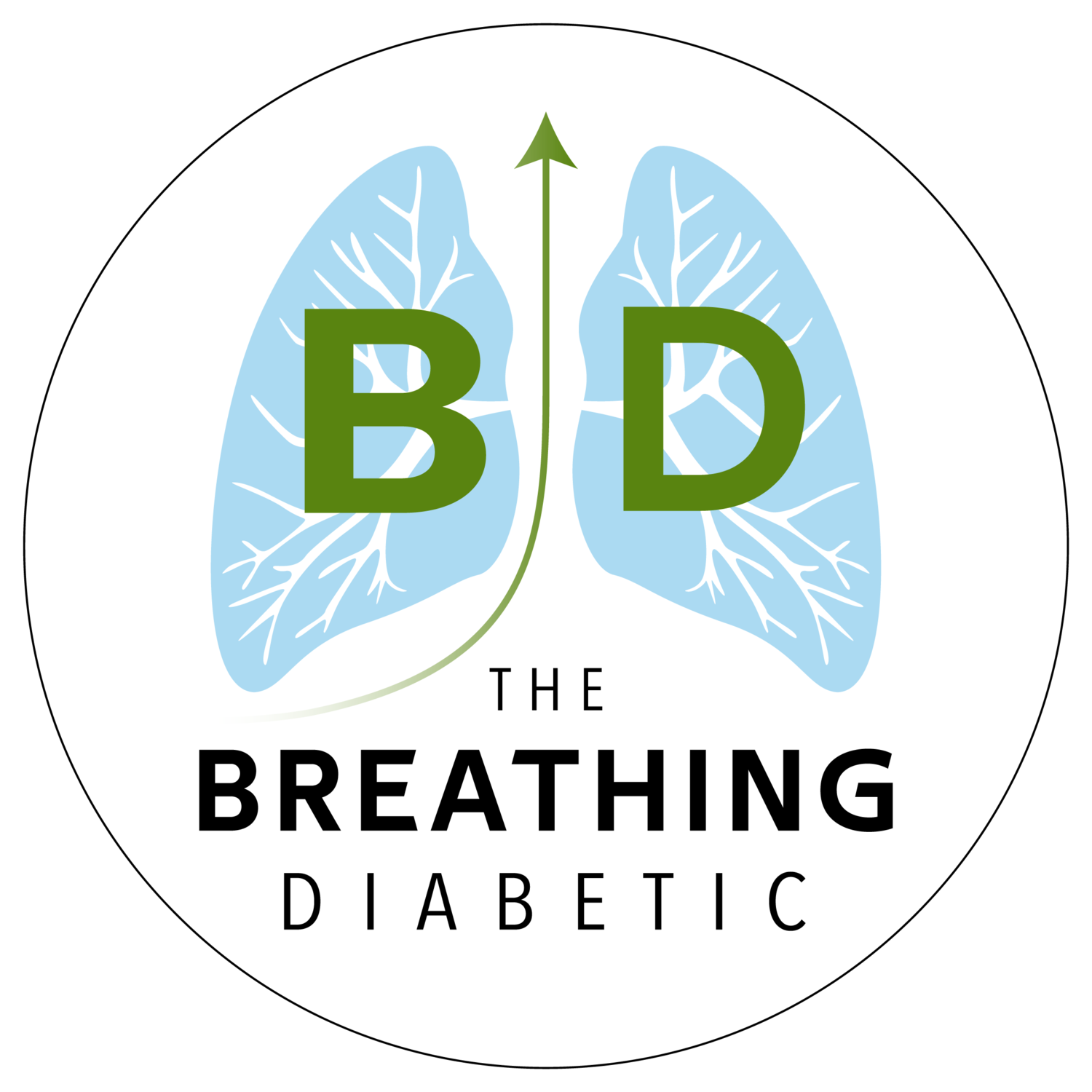Listen Instead of Reading
If you enjoy listening, you can subscribe to the audio version on Spotify, Apple Podcasts, and Audible so you don’t even have to look at the email 😊
4 Thoughts
1. Breathing Blue: Why Being In or Near Water is Good for Your Breath
I usually include blog posts as an extra, but I’m super excited about this one, so I’m including it as a full thought. It’s a short 5-min read, but here are the key takeaways in case you don’t have time right now:
Being in water is natural resistance breathing;
Being near water may naturally trigger the relaxation response;
Just hearing water might help you relax deeper and easier.
Breathing Blue: Why Being In or Near Water is Good for Your Breath
2. Separation of the Heart & Lungs is “an interesting historical question”
“The cardiovascular and respiratory systems exist in series with the lungs, situated between the right and left sides of the circulation. Thus, breathing directly effects the cardiovascular system. How the circulation and respiration became separated into different “systems,” disciplines of study, and specialties in clinical medicine is an interesting epistemological and historical question…”
A nice reminder from the Journal of the American Heart Association that breath is heart, and heart is breath.
And since it was written by an MD and PhD in JAHA, it’s one to keep in your back pocket to explain the power of breathing to people who are new to it 🙏
3. How it Should Be, and Letting Breath (and life) Unfold Naturally
“Our tendency is to ride the breath, push it along, help it out, especially when we hear that the breath is part of this marvelous sutra, that it is the life force itself and can lead us to enlightenment. … We hear that a deep breath relaxes the body and figure that an accomplished meditator will be breathing deeply all the time, so—sometimes very subtly—we try to make the breath a little deeper.”
- Larry Rosenberg, Breath by Breath (my emphasis above)
I felt like Larry was looking directly at me when he wrote this last sentence 😂 I definitely find myself trying to breathe certain ways, because that’s how The Breathing Diabetic “should be breathing.”
But more generally, I think we can interpret breathing in this passage as a metaphor for all aspects of life.
We might ask: In what ways am I trying to make something “the way I think it should be” rather than accepting it how it is? (I have about a million.)
Then, we can use Larry’s advice, literally or metaphorically:
“If we can learn to allow the breath to unfold naturally without tampering with it, then in time we may be able to do that with other aspects of our experience: we might learn to let the feelings be, let the mind be.”
4. Practice is an Art and Science
Every breathing practice rests somewhere between an art and a science.
The goal is to find an enjoyable sweet spot for you.
1 QUOTE
“You know that our breathing is the inhaling and exhaling of air. The organ which serves for this is the lungs which lie round the heart. Thus breathing is a natural way to the heart.”
1 ANSWER
Category: Water and Breathing
Answer: Because water is about 800 times denser than air, it exerts pressure on the chest wall that makes breathing about this much harder.
…
(Cue the Jeopardy! music.)
…
Question: What is 60% harder?
In good breath,
Nick Heath, T1D, PhD
“Breathing is the compound interest of health & wellness.”
Breathing for Diabetes Online Course ($99):
If you love learning about breathing, want to live a healthier life, or just want to support my work, I think you’ll really enjoy this class (diabetes or not).
* An asterisk by a quote indicates that I listened to this book on Audible. Therefore, the quotation might not be correct, but is my best attempt at reproducing the punctuation based on the narrator’s pace, tone, and pauses.
Sign Up For The Breathing 411
Each Monday, I curate and synthesize information from scientific journals, books, articles, and podcasts to share 4 thoughts, 1 quote, and 1 answer (like "Jeopardy!") related to breathing. It’s a fun way to learn something new each week.


